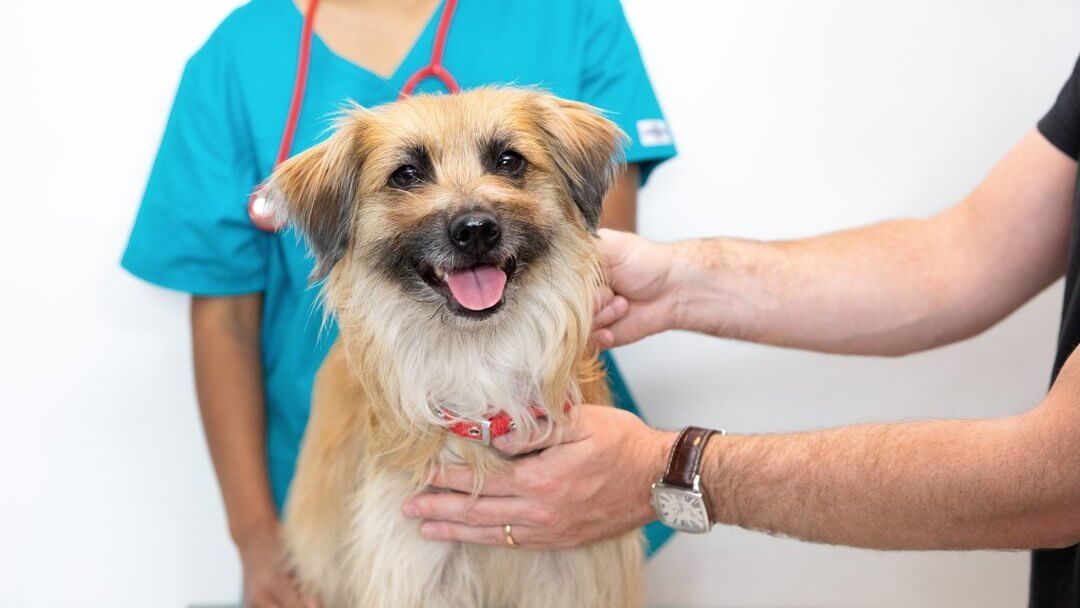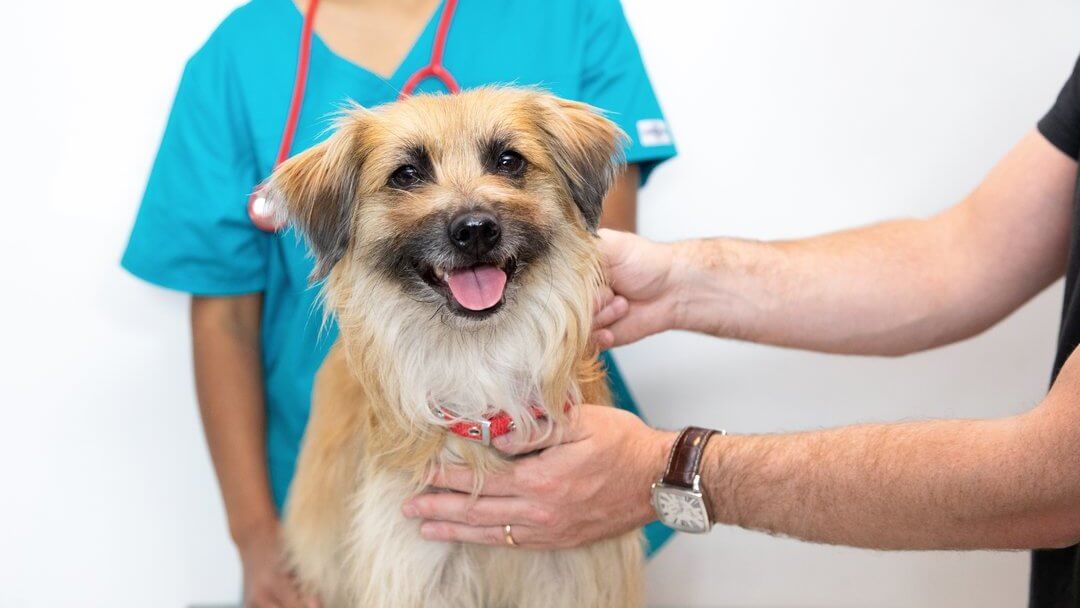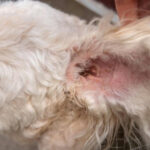
If your dog does develop a skin condition, there’s no need to worry. They are often common and very treatable with the right care. Here’s a guide to what to look for.
What should my dog’s skin look like?
Your dog’s skin is unique, just like their personality, but there are lots of general things that should be the same for all dogs with healthy skin.
- Your dog’s skin should be pink or black, depending on the pigments common to their breed or their individual genetic history – both are entirely normal.
- It should be free of crusting, itching, scaling, black or white spots, and infected or hot and inflamed areas.
- Their coat should be lovely and thick (although exact thickness depends on their breed) and shiny with no broken hairs, bald patches, dandruff or pesky fleas.
- Your dog can shed their hair all year round, but it normally moults the most in summer and autumn.
- Their skin should be smooth, and their coat should be clean and in good condition.
What should I look out for?
- Look out for excessive scratching, scabs on your dog’s skin, and your dog pulling out fur, which can all indicate skin disease.
- A poor hair coat with any scurf or dullness may indicate an underlying illness.
- Skin covers not just the outside but also the inside of your dog’s ears, so any ear problems could be linked to dog skin problems.
- If you see brownish discharge or redness in your dog’s ears, or they keep shaking their head, you should pay a visit to your vet.
Read the full article at: www.purina.co.uk











